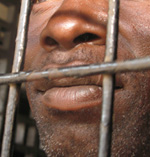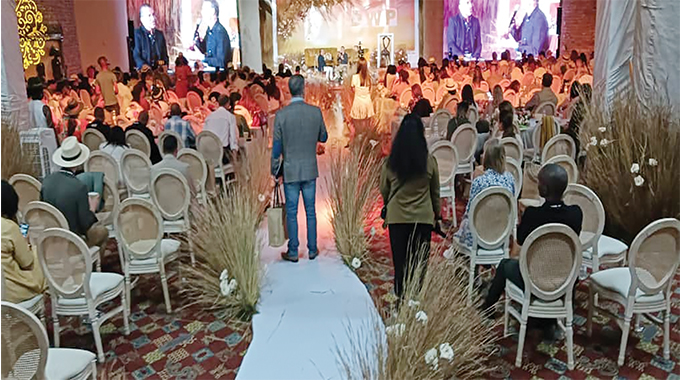Ivory stockpiles soar to US$10m

The current stock is valued at close to US$10 million.
Following a nine-year moratorium sanctioned by the Convention on International Trade in Endangered Species (CITES) in 2007 on ivory trade, Zimbabwe’s elephant population continues to grow unabated and has since exceeded 45 000, which is the holding capacity.
The export ban has affected a number of countries on the continent including Kenya, Zambia and Ghana.
Zimbabwe National Parks and Wildlife Management Authority acting director-general Mrs Romana Nyahwa said accumulating stocks were now at levels that made storage expensive.
Last year the country’s stock soared by 43 percent from the previous record of 29 724 kg.
Most of this ivory was collected from conservancies and local rural districts countrywide.
According to Mrs Nyahwa, if the ivory moratorium was suspended, various communities would benefit from the export proceeds.
“At the moment there is a nine-year moratorium on international sale of ivory from Zimbabwe, it will end in 2016. But it is not definite that after 2016 we will be able to sell our ivory,” she said.
Added Mrs Nyahwa: “Zimbabwe would have to apply to the CITES for special permission to sell. What it means is that after 2016, if Zimbabwe wants to sell its ivory it will formulate a proposal for submission to the CITES.
“The proposal will be discussed and if it passes, permission will be granted for the sale to take place. The sale will be conducted under some agreed conditions, for example, selling to specific countries,”
As the ban on ivory trade remains in force, Zimbabwe has been forking out close to US$13 million annually on security and administration costs.
She added that Zimbabwe would soon run out of storage space.
The country last sold its ivory in 2008 to Japan and China following a permission by CITES to conduct a once-off sale. Since then, the country has only been conducting domestic trade.
“Domestic trade in raw ivory to registered ivory manufacturers is not controlled by CITES and is going on. In 2010 we sold a total of 320kg for US$250/kg, a figure which is insignificant considering the rate at which the stock is piling up,” she said.
“There are significant costs involved in retrieving ivory from the field, treating the ivory for preservation, transporting to different centres for storage including security at various stations and at the head office, which needs to be meet,” Mrs Nyahwa said.
Southern African countries have over the years supported Hong Kong and Japanese ivory traders to maintain trade. This has been stated to be because these countries claim to have well-managed elephant populations and they needed the revenue from ivory sales to fund conservation. These countries are South Africa, Zimbabwe, Botswana, Namibia and Swaziland.
Meanwhile, local ivory dealers have not been able to consume much of the ivory owing to what they have described as prohibitive costs of the product and other licence registration restrictions.
At present, a kilogramme of ivory is costing US$250 while licence fees are pegged at US$800 annually.
Zimbabwe’s elephant population presently stands at around 100 000.-The Sunday Mail











Comments